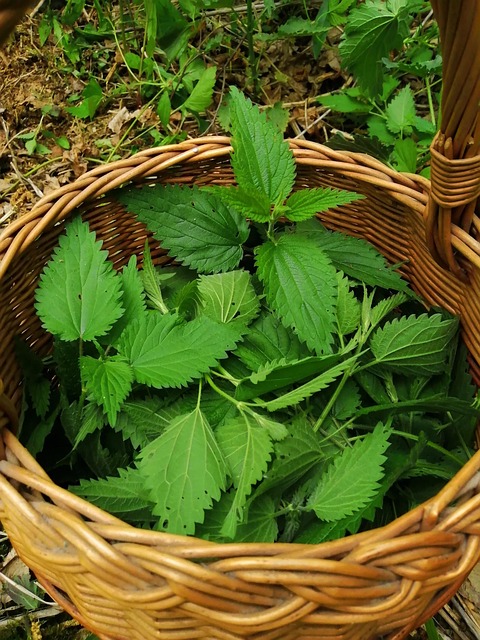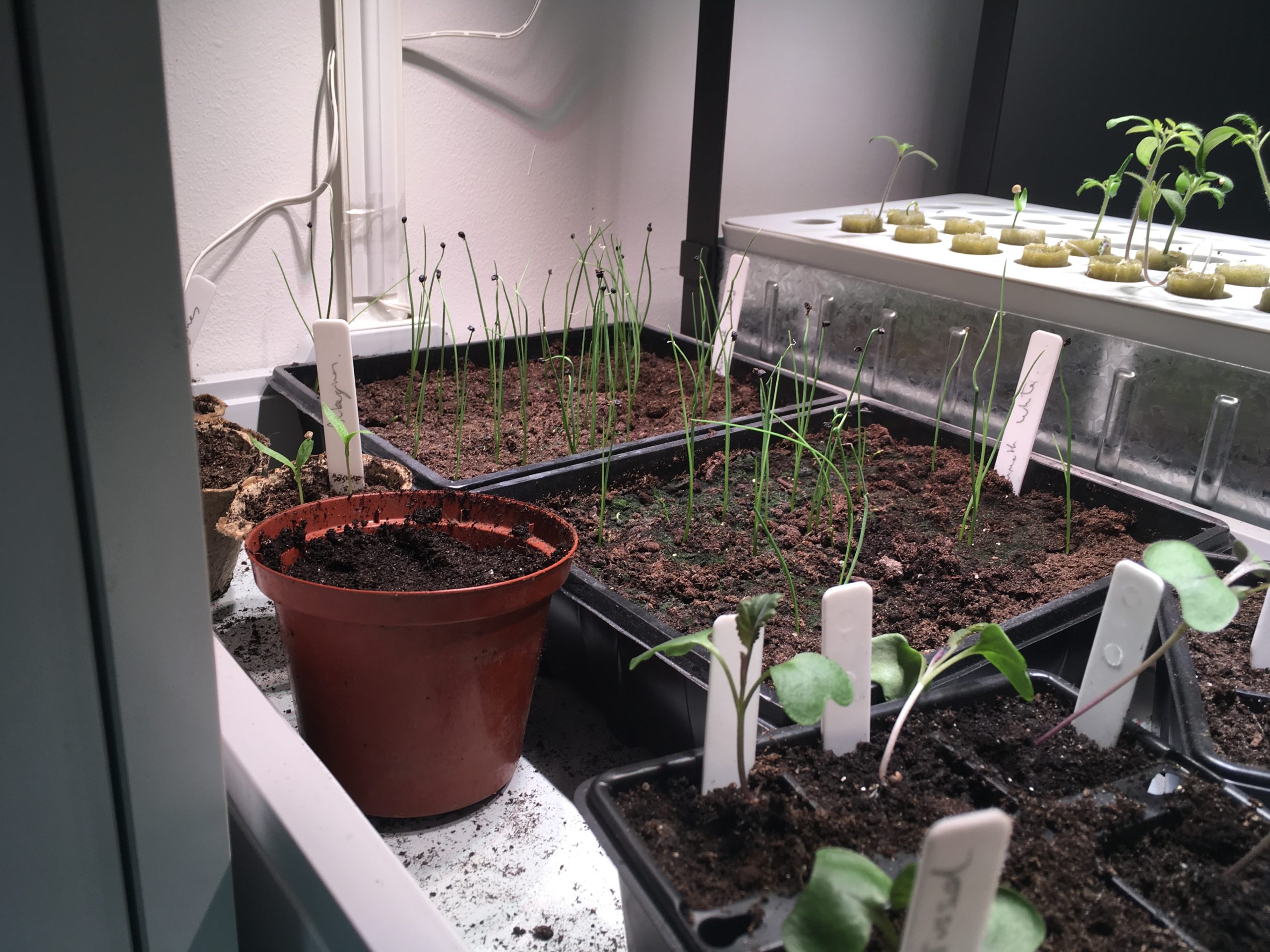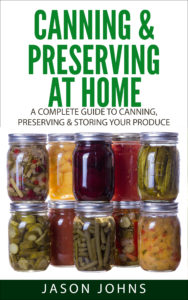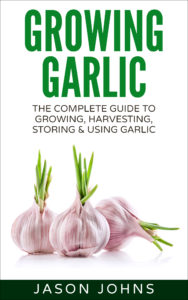Sprouting Broccoli Growing Guide
Sprouting broccoli, Brassica oleracea var. italica, is an expensive to buy vegetable, known for its high levels of vitamins and anti-cancer agents. It is relatively easy to grow, though does have quite a long growing season so will take up space on your allotment. It is hardy and typically harvested in the spring. It is not that commonly grown on allotments or in vegetable gardens because it takes up a lot of space for what can be considered very little return. However, if you have the space, this is a great overwinter crop that is harvested in the spring when there is little else fresh around.
This delicious vegetable is best served lightly steamed with a little butter and works in a wide variety of dishes from pasta and stir fries.

At A Glance Facts

Sowing and Planting
Seeds are sown from March through to June. Until April, sow in modular trays in your greenhouse or indoors. From April, once it has warmed a little, the seeds can be sown directly outdoors. While most people sow two seeds per module and then remove the weaker seedling, I prefer to just so one seed per module as germination can be a bit variable.
Feed with a liquid feed every week. When the plants reach about 4-6”/10-15cm tall and have a good rootball, start hardening them off and plant them outside. Before planting, dig in some well-rotted compost and add a general purpose fertiliser at a rate of 150g per square metre.
Space the plants 12″/30cm apart and leave 18”/45cm between rows. Leaving any less space between the plants reduces the amount of spears you get from the plant.
When sowing directly outdoors, sow three seeds at ¾”/2cm deep every 12″/30cm. Once the seeds have germinated, remove the weaker seedlings.
Plant Care
Cover the seed beds and seedlings with fleece from day one to stop cabbage root fly. This can be removed in May when the risk of this pest is reduced, but the plants still need to be covered to protect them from pigeons and butterflies. use a fine mesh netting such as Enviromesh or scaffolding netting. Note that these plants grow quite tall, so make sure the mesh is fine enough. They will need covering pretty much until harvest time as, like other brassicas, there is always something that wants to eat this plant.
Water every 10-14 days during dry weather and when needed in normal weather. If it is particularly dry or hot, water more frequently to prevent wilting. When the plants reach 8”/20cm tall, use a high nitrogen fertiliser regularly to encourage the plants to grow and produce spears.
The best heads are formed when the weather is cooler. Hot weather can encourage the plant to bolt. If you live in a particularly warm area, look for a bolt resistant cultivar to grow or start the seeds off later in the growing season when the weather will be cooler.
Pests and Problems
Birds, and in particular, pigeons, are a major problem for this brassica and will strip your plants of leaves and buds. They will destroy an entire brassica bed overnight if left uncovered and the plants rarely recover from this attack. Cover your plants from the moment they are planted out with a tight weave netting or fleece as they will also need protection from the cabbage white butterfly.
Cabbage root fly is another potential problem with white, 2”/5cm long larvae feeding on the roots just below the surface. This stunts the growth of the plant, causing them to wilt and die. Cabbage collars can be used on your plants, or a tight weave fleece will stop this pest from getting to your plants. You can buy cabbage collars or you can make your own out of cardboard. Alternatively, fleecing the plants will keep cabbage root fly off your plants.
Club root can be a problem where the roots swell up and distort. This makes the leaves yellow and pale, and the plant wilts, which can result in the plant dying. Improved drainage will prevent this problem, as will digging in some lime to make the soil alkaline. If you have club root in the ground, do not grow brassicas in that area again for several years. If you have no choice but to plant brassicas, dig in plenty of lime which makes the soil less attractive to club root. Unfortunately, with many of us having limited space, we have little choice but to grow in ground that has club root. There are club root resistant varieties of this plant that you can grow if this disease is a serious problem in your area.
Harvesting and Storage
When the spears are well formed, but before the flowers have opened, harvest them. Cut the central spear first, then cut the side shoots over the next few weeks. These are best used straight away, but will store in your refrigerator for a few days. Check your plants every day or two to make sure you harvest the spears when they are at their peak.
Recommended Varieties
These are some varieties that are good to grow at home:
- Blaze – an F1 variety that is harvested from October through to November
- Burbank – a creamy white sprouting broccoli that is less hardy than the purple varieties
- Cardinal – a very hardy cultivar that produces tasty, purple spears over a long period.
- Claret – a vigorous, heavy cropper with a long harvest period.
- Mendocino – slow to mature, but produces very good quality spears.
- Purple Sprouting Early – a commonly found variety that is very hardy, producing purple spears that turn green when cooked.
- Red Admiral – an F1 variety that is an early cropper, sometimes ready by November, but usually harvested from December to January. The spears are good quality, full of flavour and the plants produce plenty of them.
- Rudolph – a very early variety, ready to harvest from November through to February
- Summer Purple – a variety that is harvested from June through to October, depending on your location
Growing Tips
Firm down the soil around the plants to prevent wind rock, which will stunt their growth. In very windy areas, provide your plants with some support. Wind rock is a major problem for all brassicas. If you live in a particularly windy area, create a wind break to protect your plants.
Recipe Ideas
Garlic Sprouting Broccoli
This is a really nice, simple way to prepare this vegetable that fully shows off its flavour. This goes great with a Sunday roast. It takes about 25 minutes to make and produces enough for 6 people.
Ingredients
- 450g/16oz sprouting broccoli
- 3-5 garlic cloves (peeled and finely sliced)
- 2 tablespoons vegetable oil
- 2 tablespoons sesame oil (toasted)
- 1 tablespoon sesame seeds (toasted)
Method
- Trim the broccoli, removing any coarse leaves and hard ends from the stalks
- Bring a large pan of salted water to the boil
- Put the broccoli in the boiling water, cover the pan until it boils again, then remove the lid and simmer for 2 minutes before draining
- Heat both oils in a frying pan on a medium heat
- Fry the garlic for 2-3 minutes until it turns a golden colour
- Add the broccoli and fry for a further 2-3 minutes
- Serve immediately garnished with the sesame seeds















